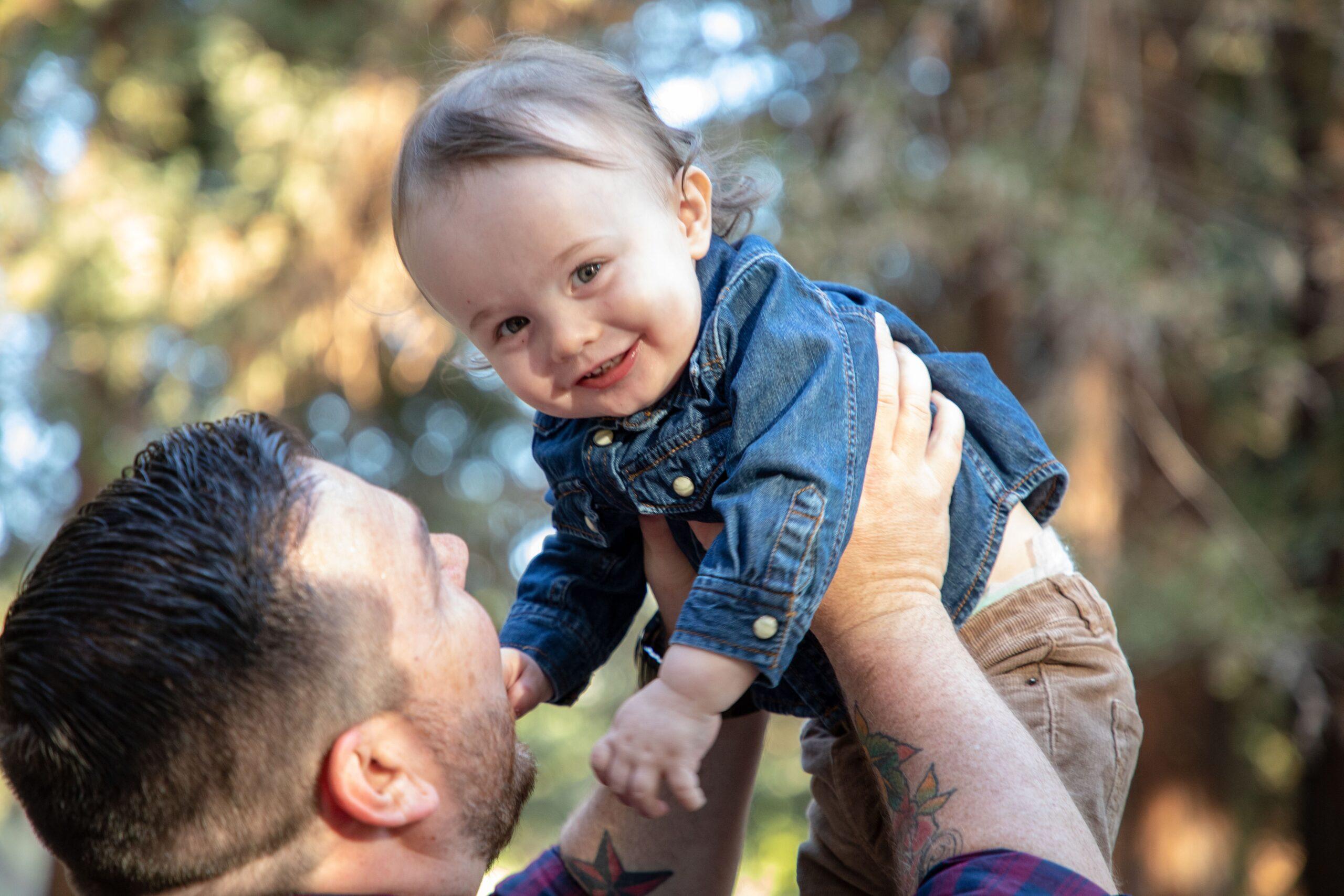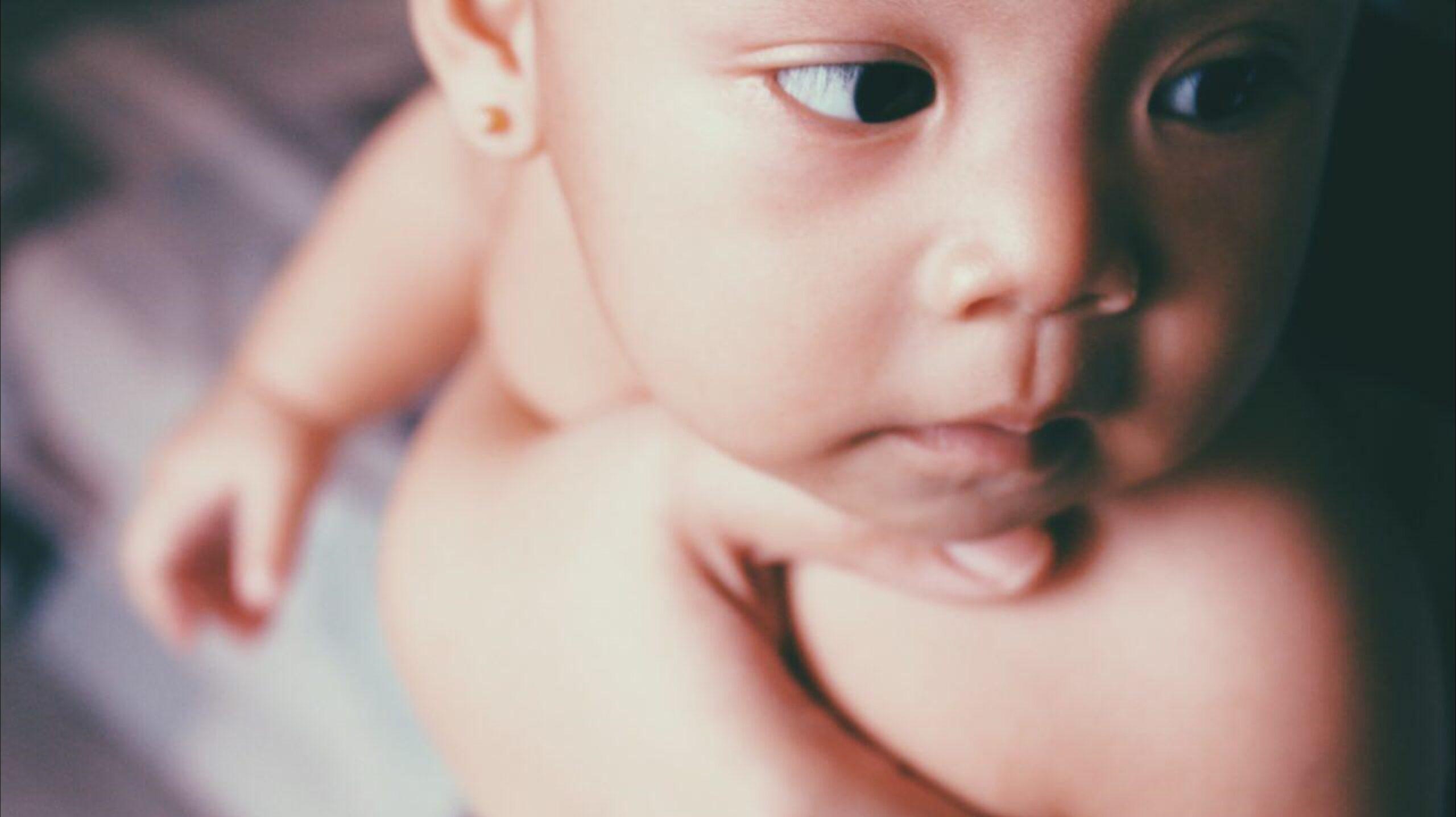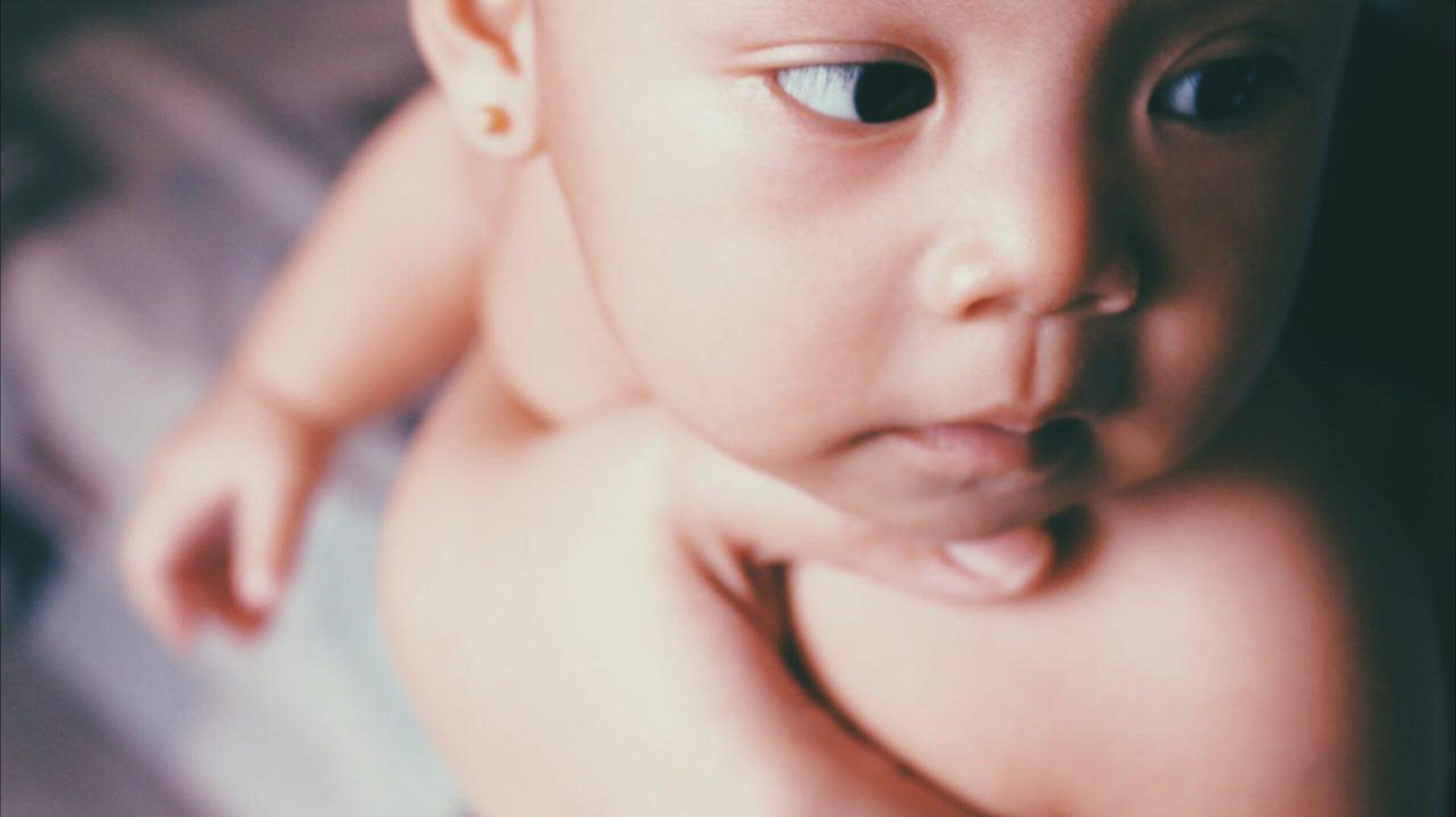Parents and students throughout the country cross items off their back-to-school checklists. But many miss an important task to ensure learning success: a visit to the eye doctor for a comprehensive eye exam. According to an American Optometric Association (AOA) survey, 81 percent of kindergarten through grade 12 teachers believe vision and learning are interdependent.
“Healthy vision is critical to learning and excelling in school,” says Dr. Pamela Lowe, an optometrist who serves as the AOA’s vision and learning specialist. “Comprehensive eye exams should be performed to detect problems like astigmatism, eye coordination and moderate amounts of farsightedness— conditions that can prohibit optimal learning.”
Many experts believe that approximately 80 percent of learning comes through a child’s eyes. Reading, writing and computer work are just a few of the activities students perform daily that require visual skills. And as classrooms adopt more technologically advanced tools, like interactive blackboards, the dependence on adequate visual capabilities tends to increase.
When should my child see a doctor?
Early detection and treatment are crucial for correcting vision problems and helping children to see clearly. The AOA recommends that a child’s first eye assessment take place at 6 months of age. Comprehensive eye exams should be conducted beginning at age 3, before a child enters school, and then every two years, unless otherwise advised by an optometrist.
In between exams, parents and teachers should monitor children for prevalent signs that a student’s vision may be impaired.
If your child experiences any of the following symptoms, an optometrist should be consulted about a possible vision problem:
- Loses place while reading
- Avoids close work
- Tends to rub eyes
- Has headaches
- Turns or tilts head
- Makes frequent reversals when reading or writing
- Uses finger to maintain place when reading
- Omits or confuses small words when reading
- Consistently performs below potential
- Struggles to complete homework
- Squints while reading or watching television
- Has behavioral problems
- Holds reading material closer than normal
What will a doctor look for?
Below are essential elements an optometrist checks during a comprehensive eye exam to make certain learning is maximized through good vision.
- Visual acuity is measured at several distances to confirm students can comfortably and efficiently read, work on the computer and see the blackboard.
- Focusing is tested. Eyes must be able to focus on a specific object and easily shift focus from one object to another. This allows the child to move visual attention from a book to the blackboard and back.
- Visual alignment and ocular motility are evaluated. Ideally, the muscles that aim each eye converge so that both eyes are aimed at the same object, refining depth perception.
- Binocular fusion skills are assessed. These “eye teaming” skills are critical to coordinate and align the eyes precisely, thereby enabling the brain to fuse the pictures it receives from each eye into a single image.
- Eye tracking skills are tested to determine whether the child can track across a page accurately and efficiently while reading. The skills also reveal whether a child can copy material quickly and easily from the blackboard or another piece of paper.
- Color vision is checked. Testing preschoolers’ color vision is important because a large part of the early educational process involves the use of color identification.
- Eye-hand-body coordination and visual perception are reviewed. Eye-hand-body coordination is critical for handwriting, throwing a ball and playing an instrument. Visual perception is used to interpret and understand visual information like form, size, orientation, texture and color perception.
- Overall eye health is determined by examining the structures of the eye.
Studies indicate that some children with undetected vision problems can be misdiagnosed with attention deficit hyperactivity disorder (ADHD). The AOA survey revealed that 64 percent of teachers witnessed a direct improvement in a child’s academic performance and/or classroom behavior after an eye or vision problem was diagnosed and treated.
To find an optometrist in your area, or for additional information on children’s vision and the importance of eye exams, visit aoa.org.




